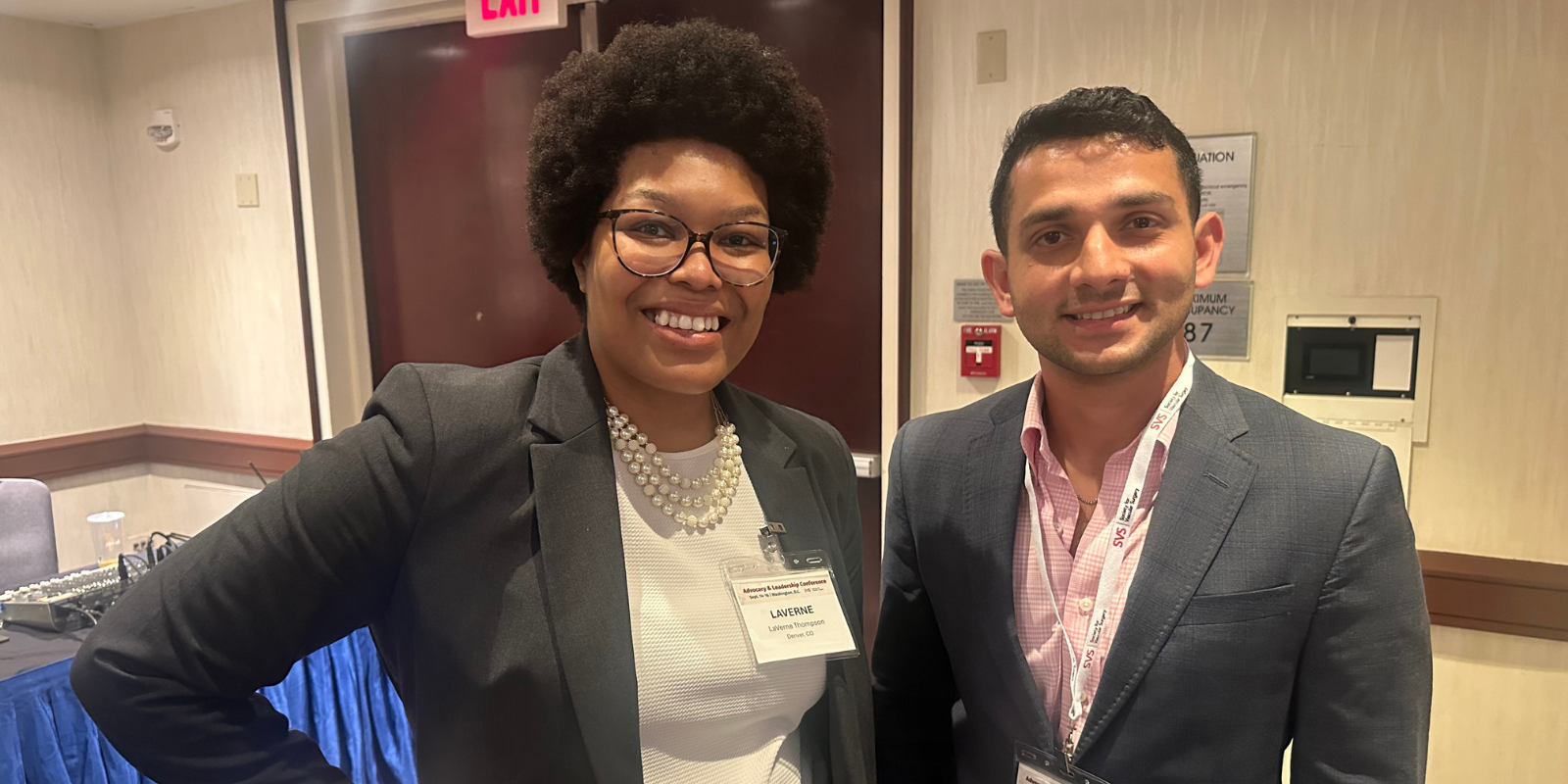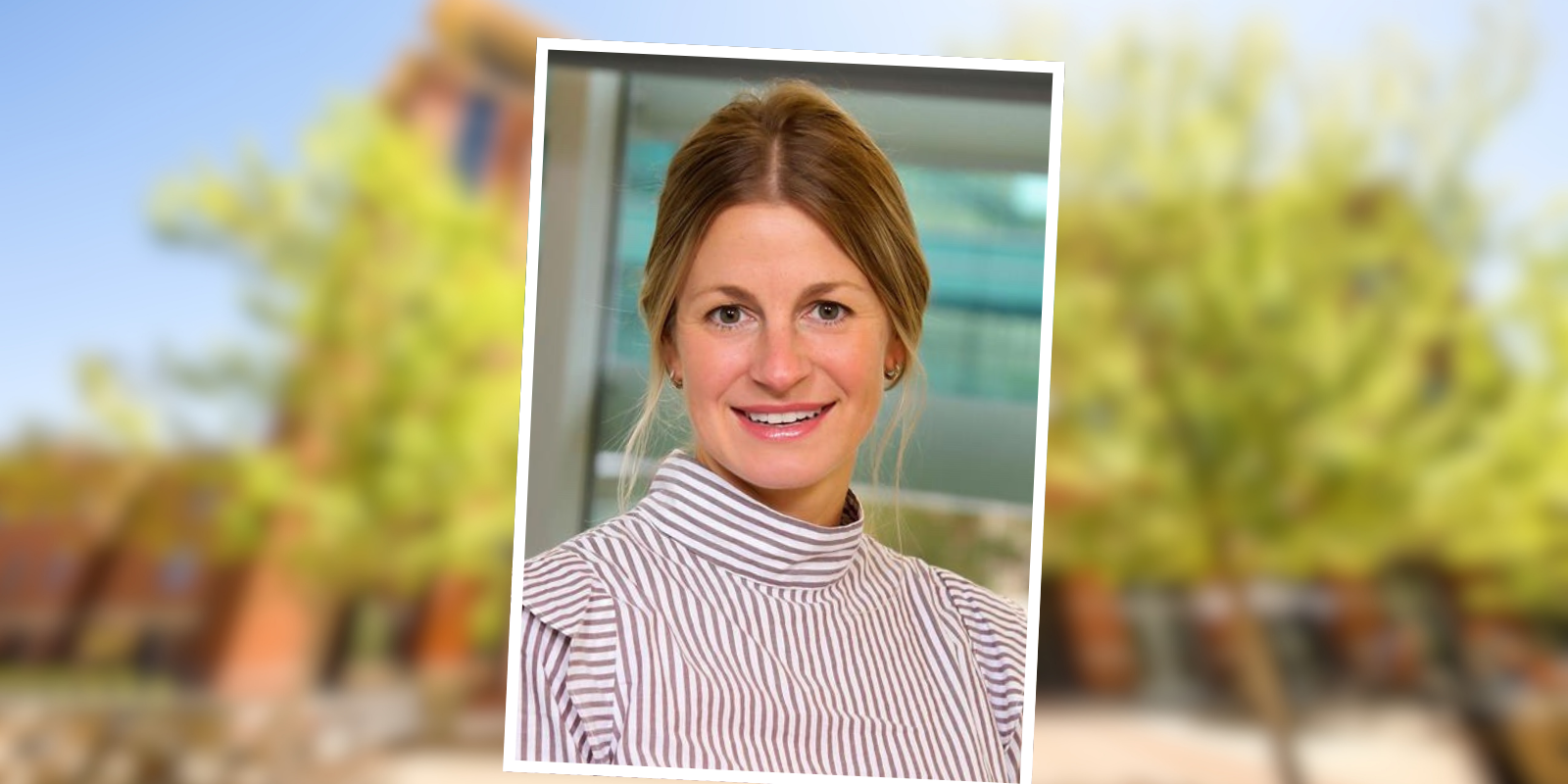What exactly is the problem we are dealing with? Are young children attracted to the fireplace somehow?
That's exactly right. These are typically toddlers around 1 to 3 years old. They see the dancing flames and can feel the warmth radiating from the fireplace, so they toddle over and touch the hot glass, not realizing it can be up to 1,500 degrees Fahrenheit. Then they are so stunned that they just stand there; they don't know what to do. Sometimes they use their head to push themselves off the glass door, resulting in burns to their forehead and nose, as well as both hands.
What should parents do at home when this happens?
The typical thing to do with a burn is to is to cool the burn. So run it under cool water, and treat the pain with something like Tylenol, and then depending upon the size and depth of the burn injury, they should seek treatment.
What is the treatment for a burn from a glass-fronted fireplace?
If the child is seen in an ED, the pain is controlled and the child’s hands are protectively dressed. They are then referred to the burn clinic at Children’s Hospital, which is the only pediatric burn center in our eight-state region of the United States. We see burn injured children in the outpatient burn clinic Monday through Friday. We'll give the patient some pain medication, then we'll typically debride, or cut away, the blistered skin. What I tell people is if the blisters are flat, leave them intact, but most blisters are raised. We'll debride the non-viable blistered skin, exposing the underlying burn injury, then we'll put on a primary layer, which is usually an antibiotic ointment dressing. After the burn stops oozing and weeping over several days, we switch to what we call an active silver dressing. This a dressing that contains a dilute active silver ion that helps prevent infection.
Do children have to come back to the clinic for the active silver dressing, or can parents do that at home?
They have to come back. Not only are we experts at dressing these burn injuries, but we use a soft-casting technique to cast the hand at full extension. If you dress them when the hand is curled or relaxed, they’re going to crack the healing area when they spread their hand open. We want them to heal in full extension.
Is there anything you recommend in terms of preventing these burns from happening in the first place?
You can buy a screen to go in front of your gas fireplace to keep kids safe, but more realistically, if there's a gas fireplace in the home, it’s better to just turn it off if there’s a toddler in the home. Shut the gas supply off and don't even use it. Inevitably, there's an older child who goes over and flips on the switch, unbeknownst to the parents, then the toddler wanders over and touches it. Or there’s a grandparent who's caring for the toddler, and the grandparent is not thinking that the toddler is going to wander over and touch this hot surface.
Are there any other wintertime or holiday time burn risks for children that are important for parents to know about?
The most common burns we see are scald burns — kids reaching up and pulling down hot coffee or hot soup upon themselves; kids eating hot ramen noodles and spilling them in their lap. Parents will often set children on a countertop next to the stove, then, unexpectedly, the child reaches over and touches the hot burner. We see that type of burn injury to a child’s hand almost once a week. The parents want to engage the child while they're cooking the meal, not thinking that the child's going to reach over and touch the hot glowing burner. The safest thing to do is keep children out of the kitchen while you’re cooking.




.png)

